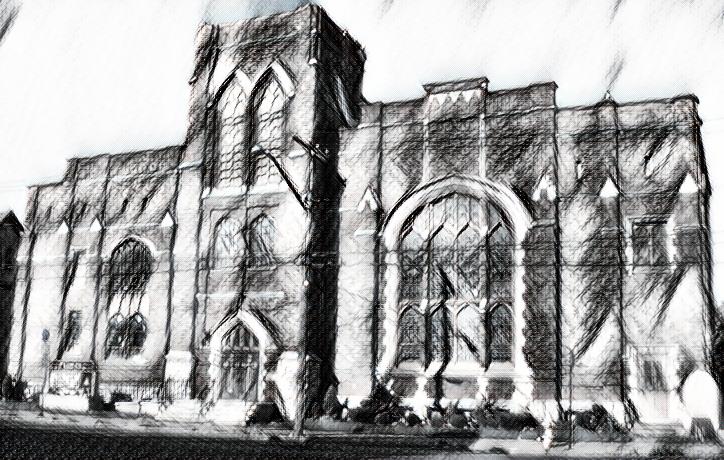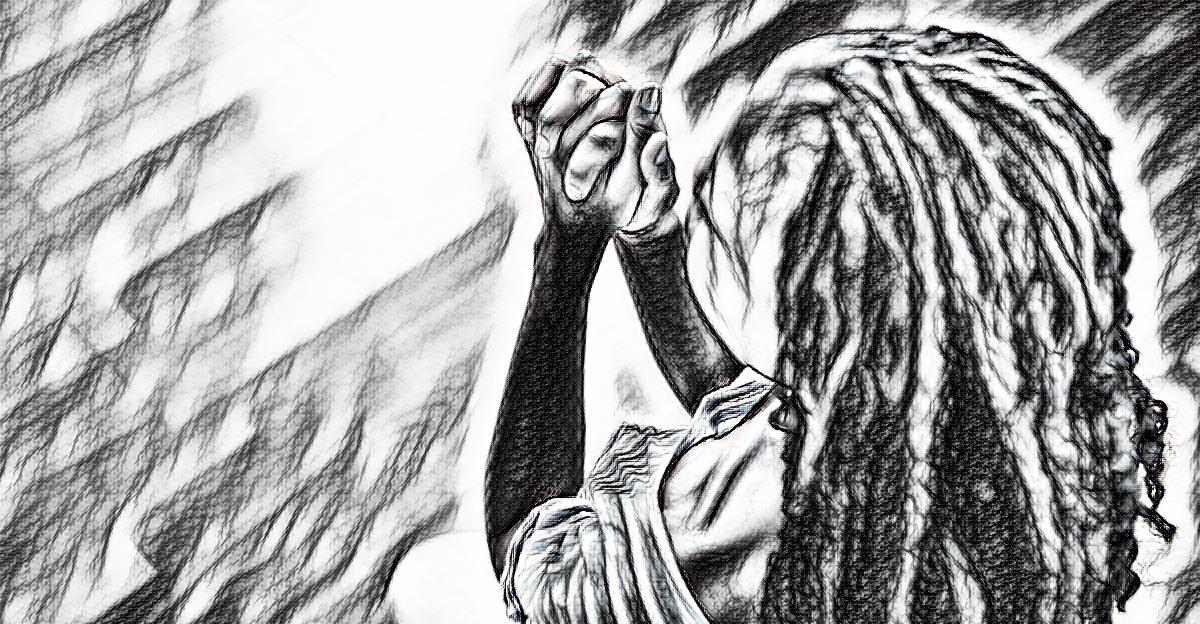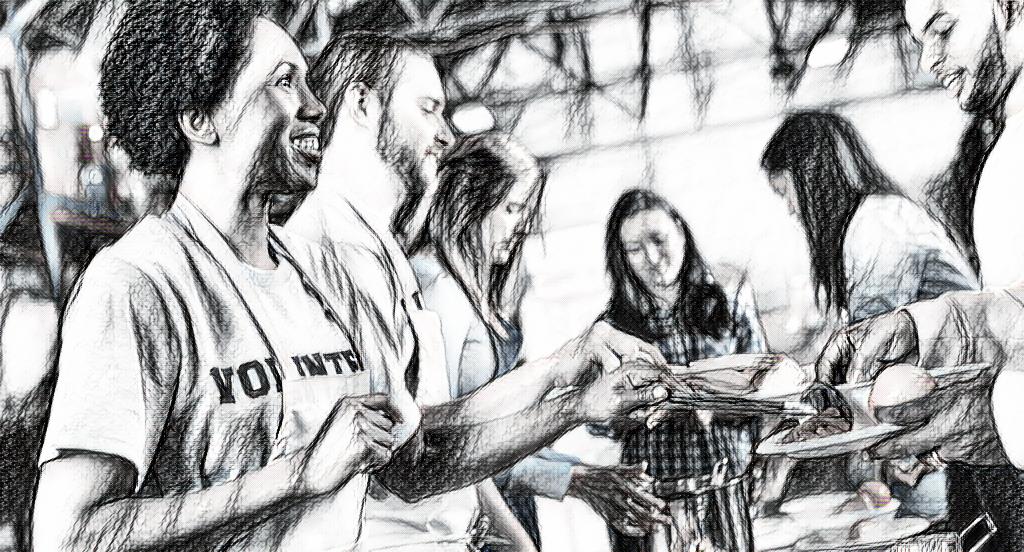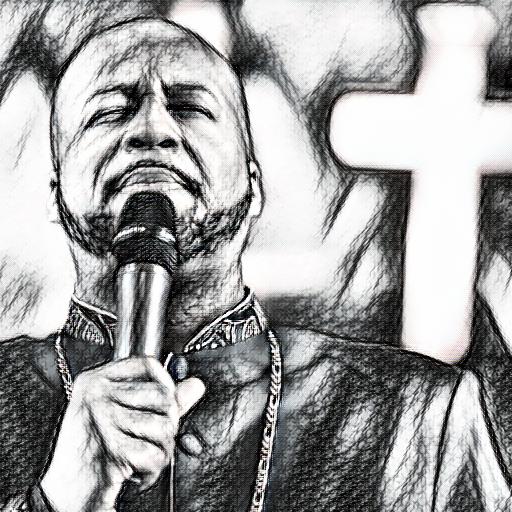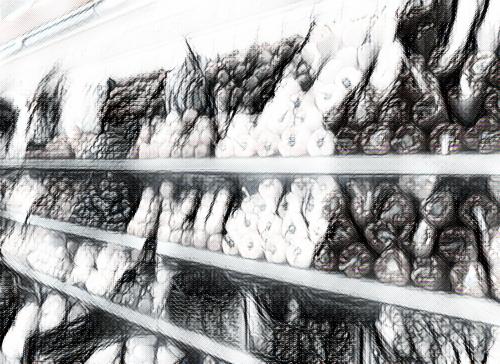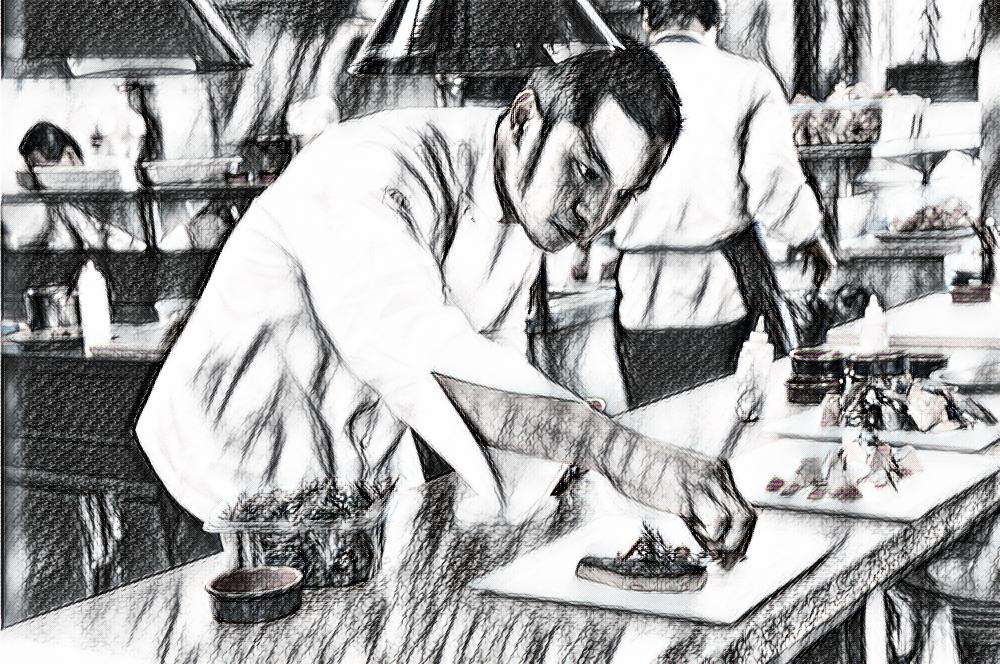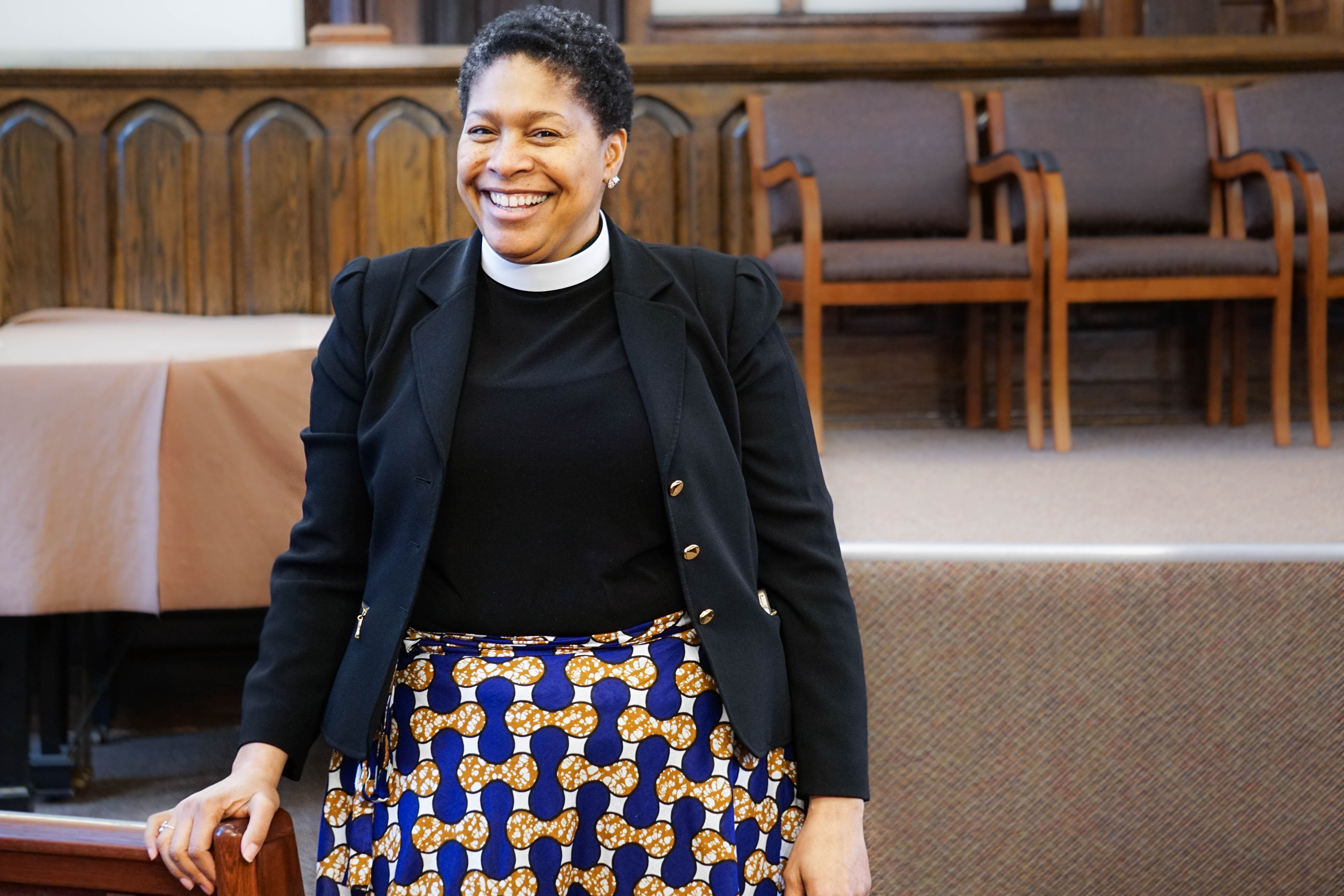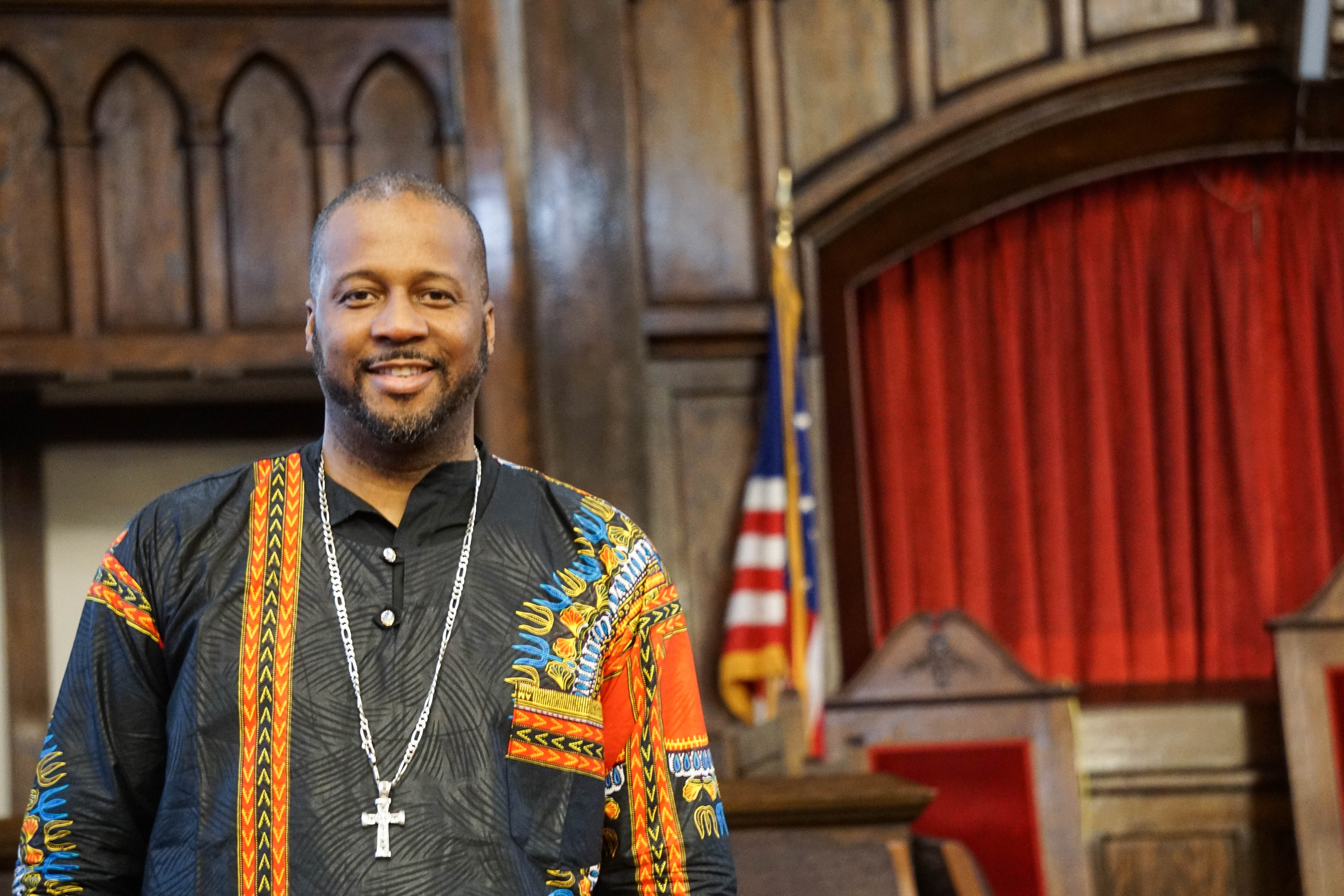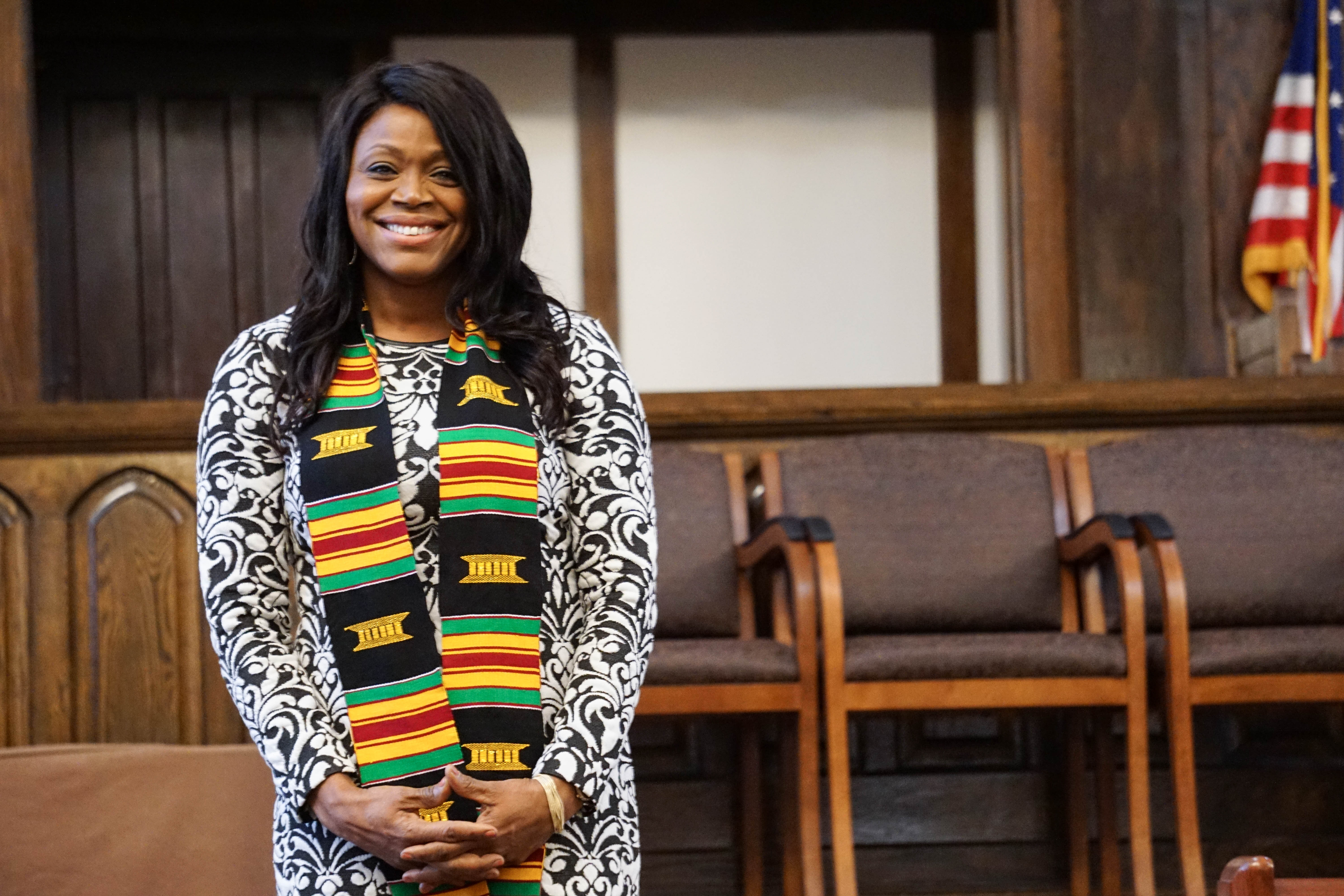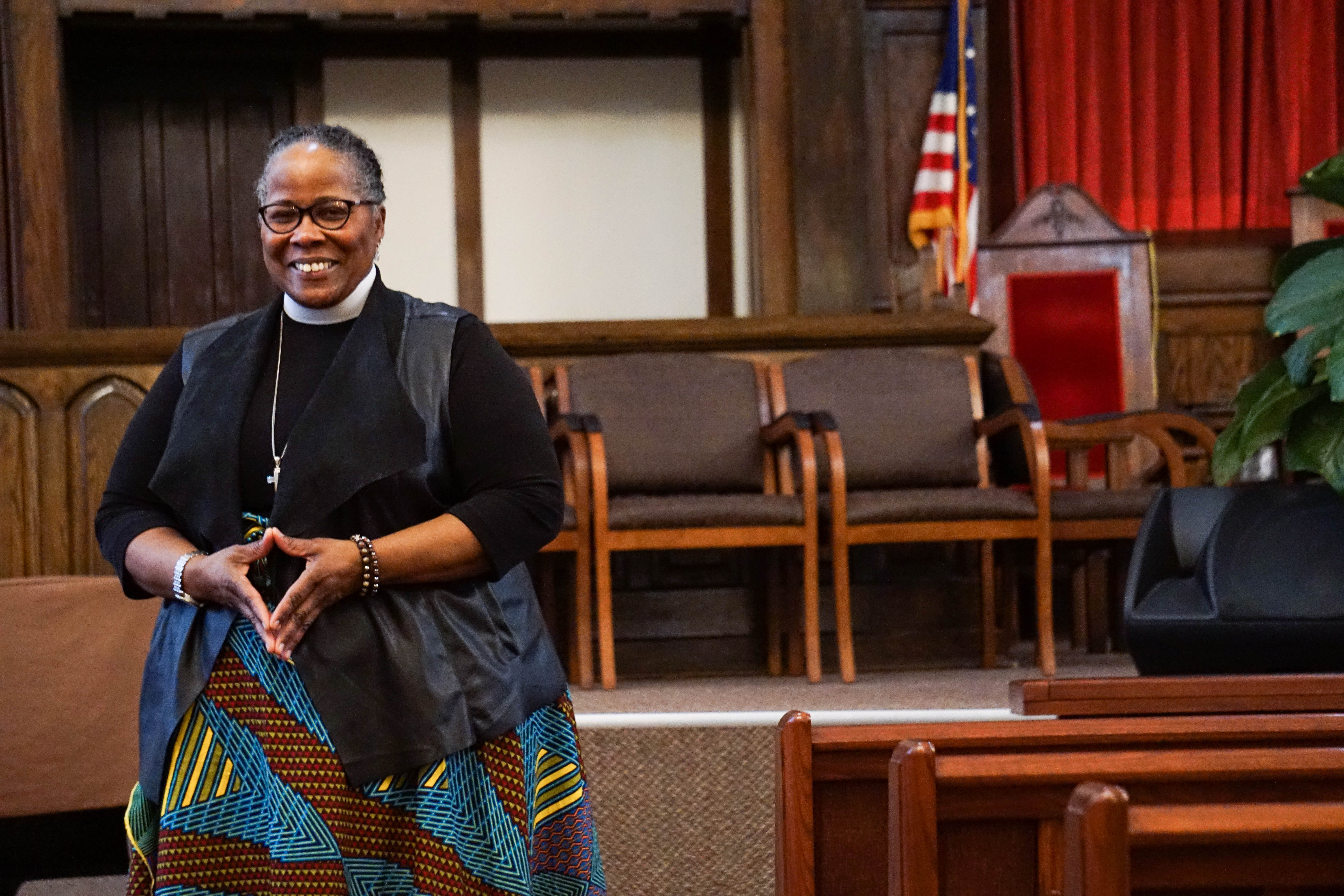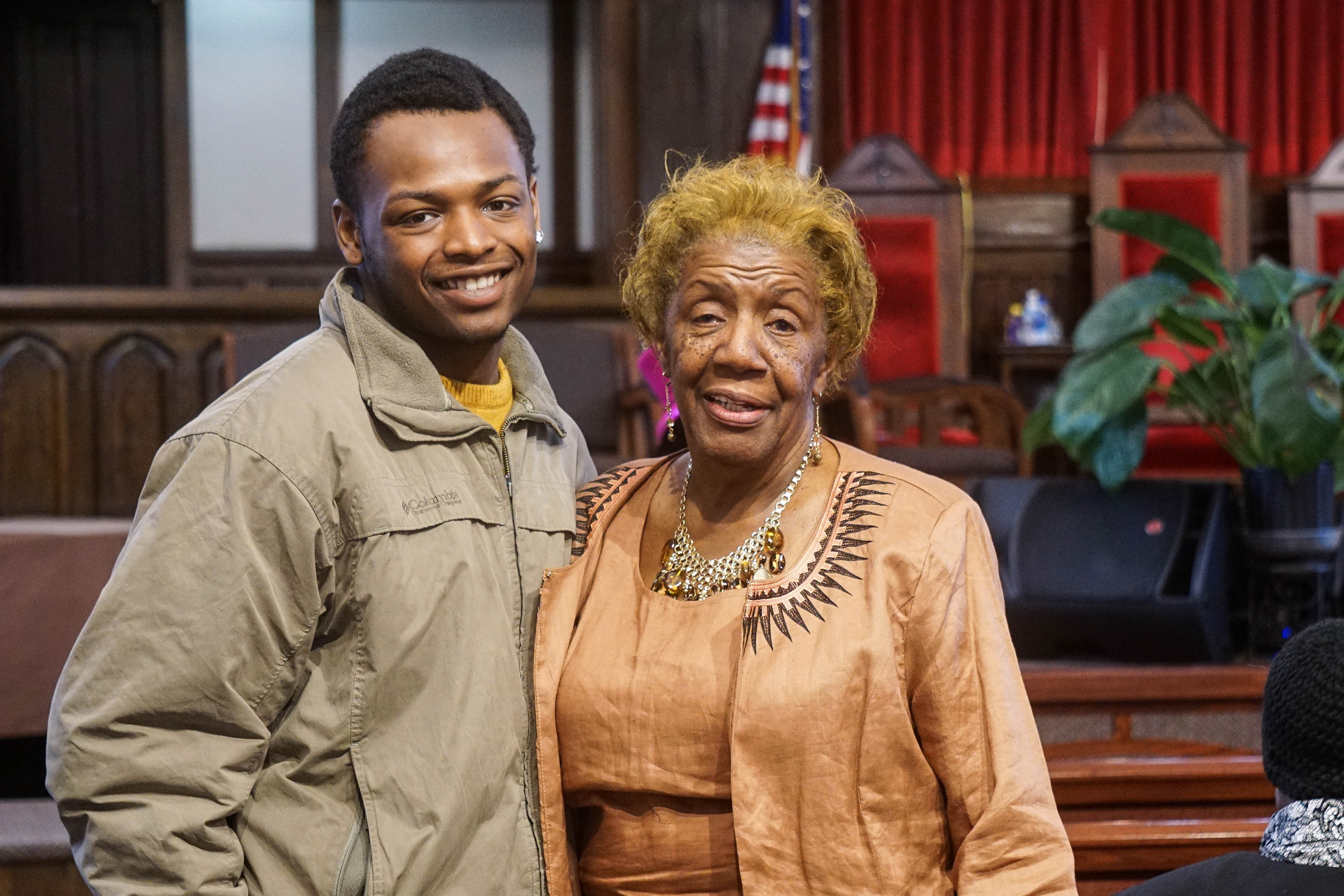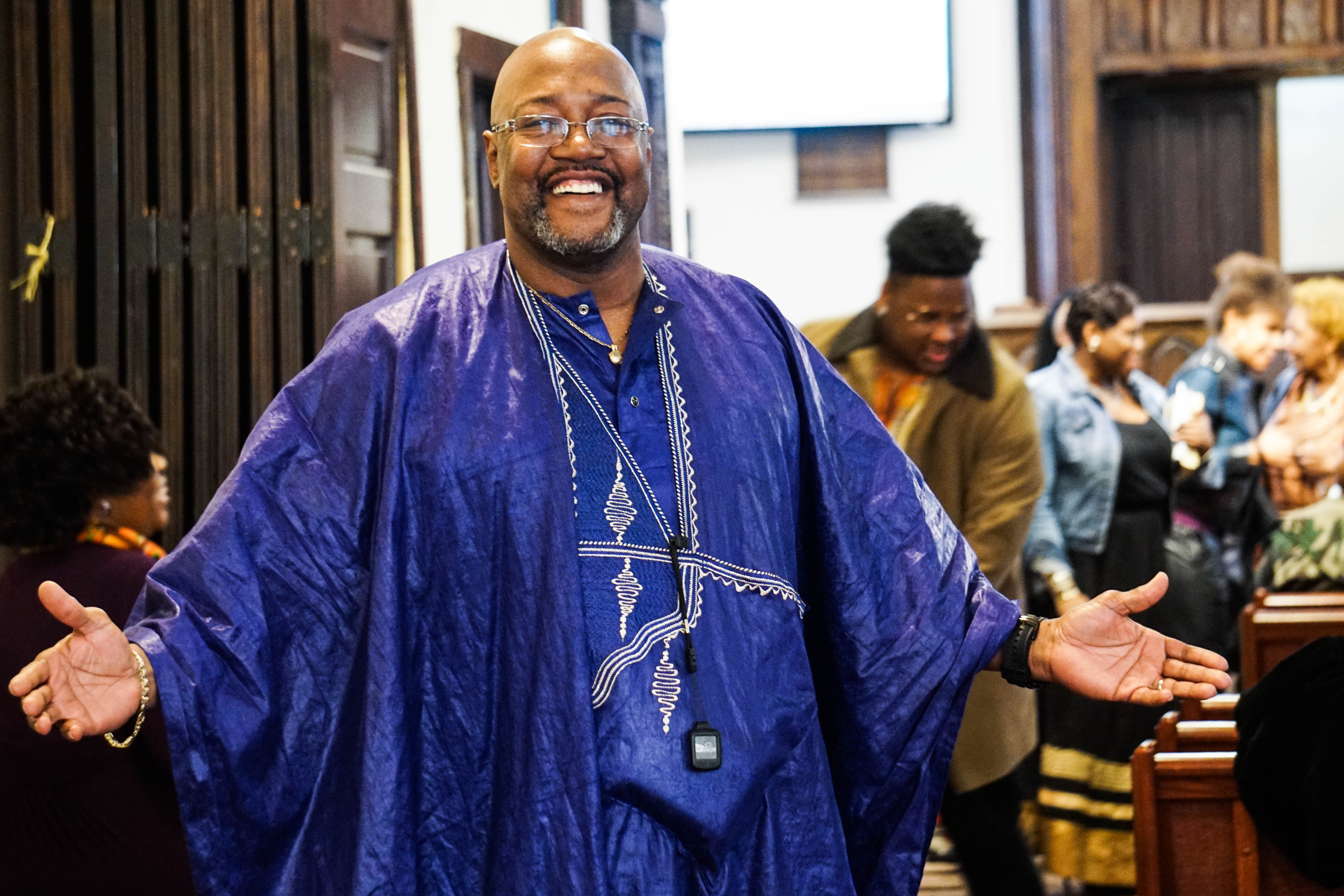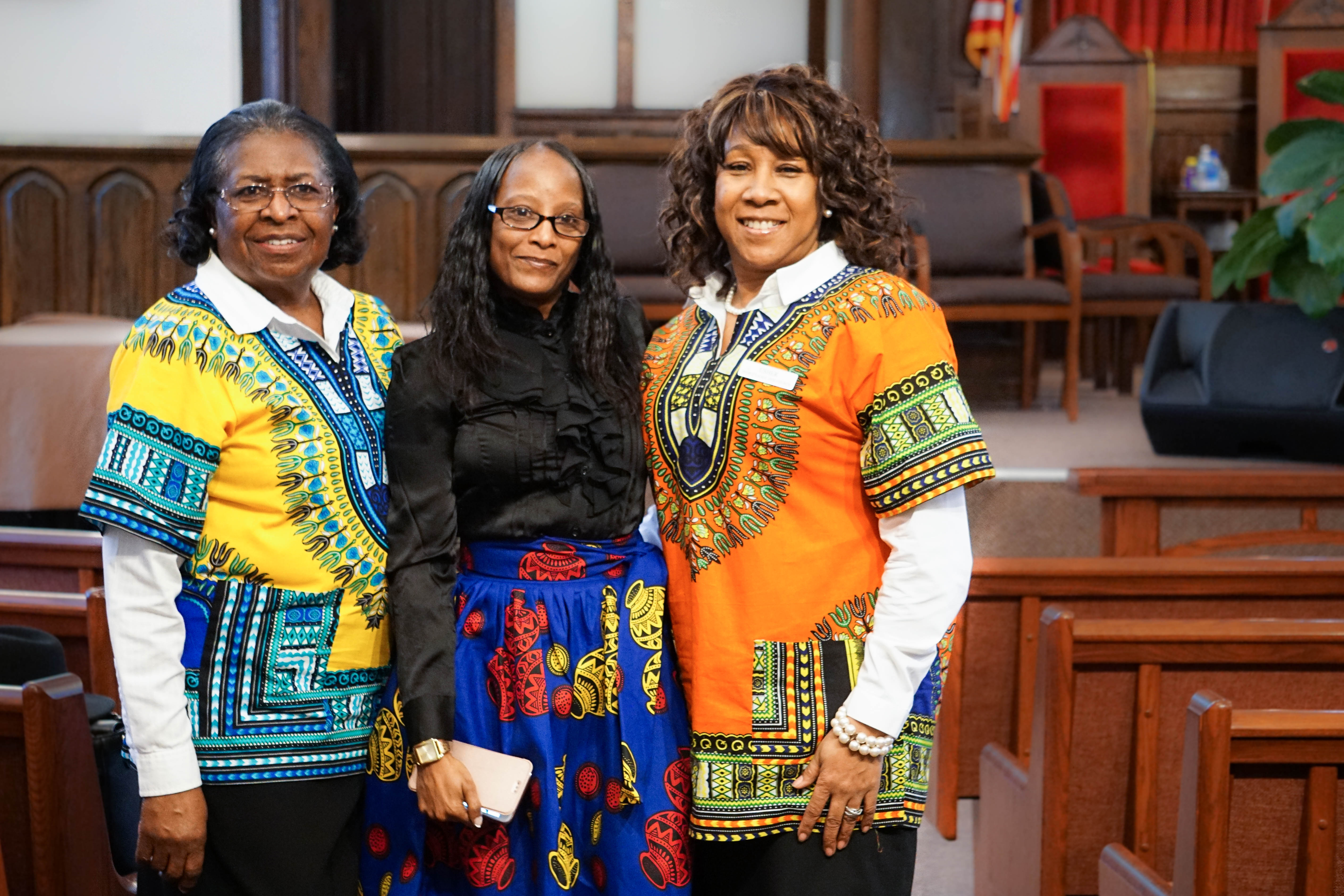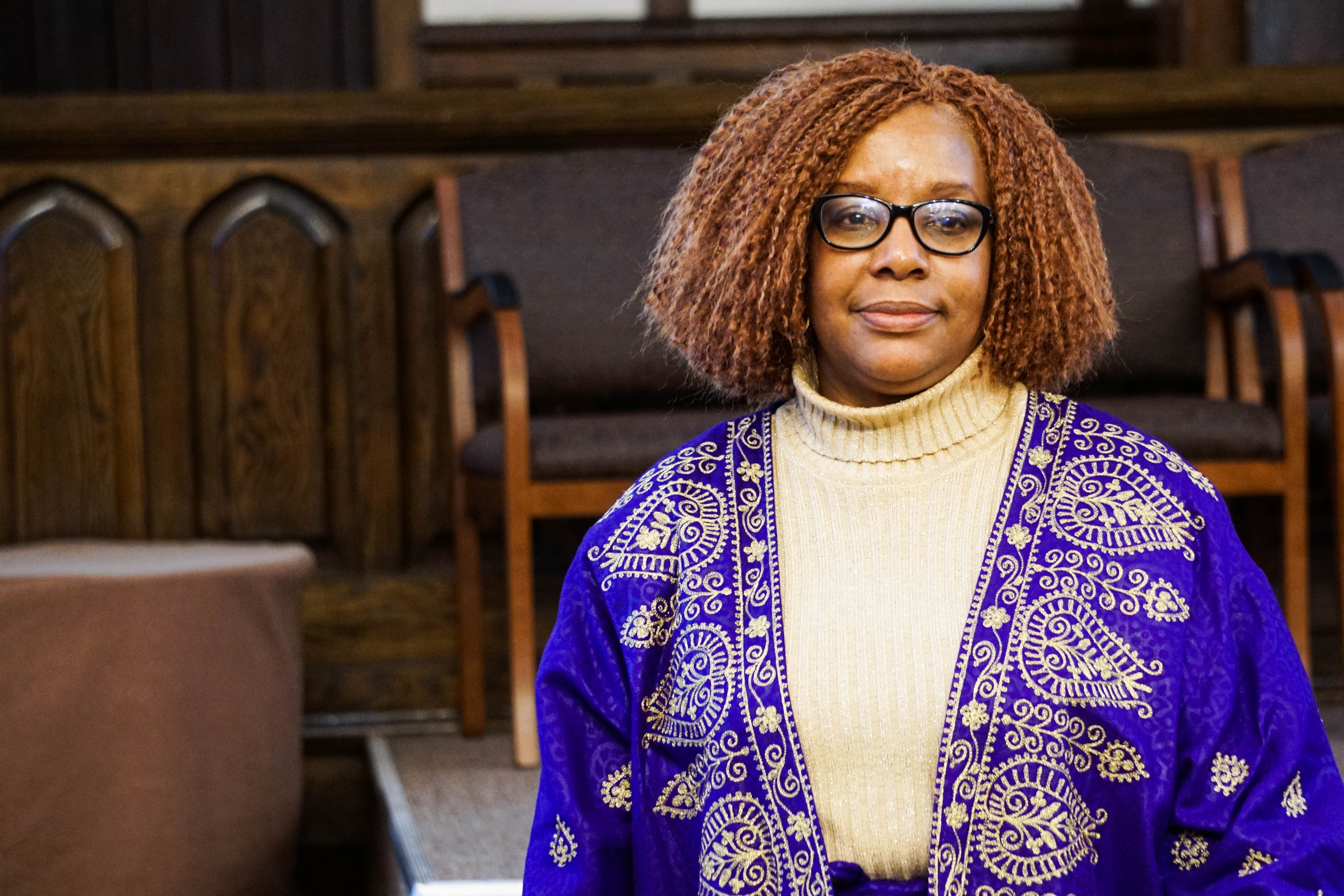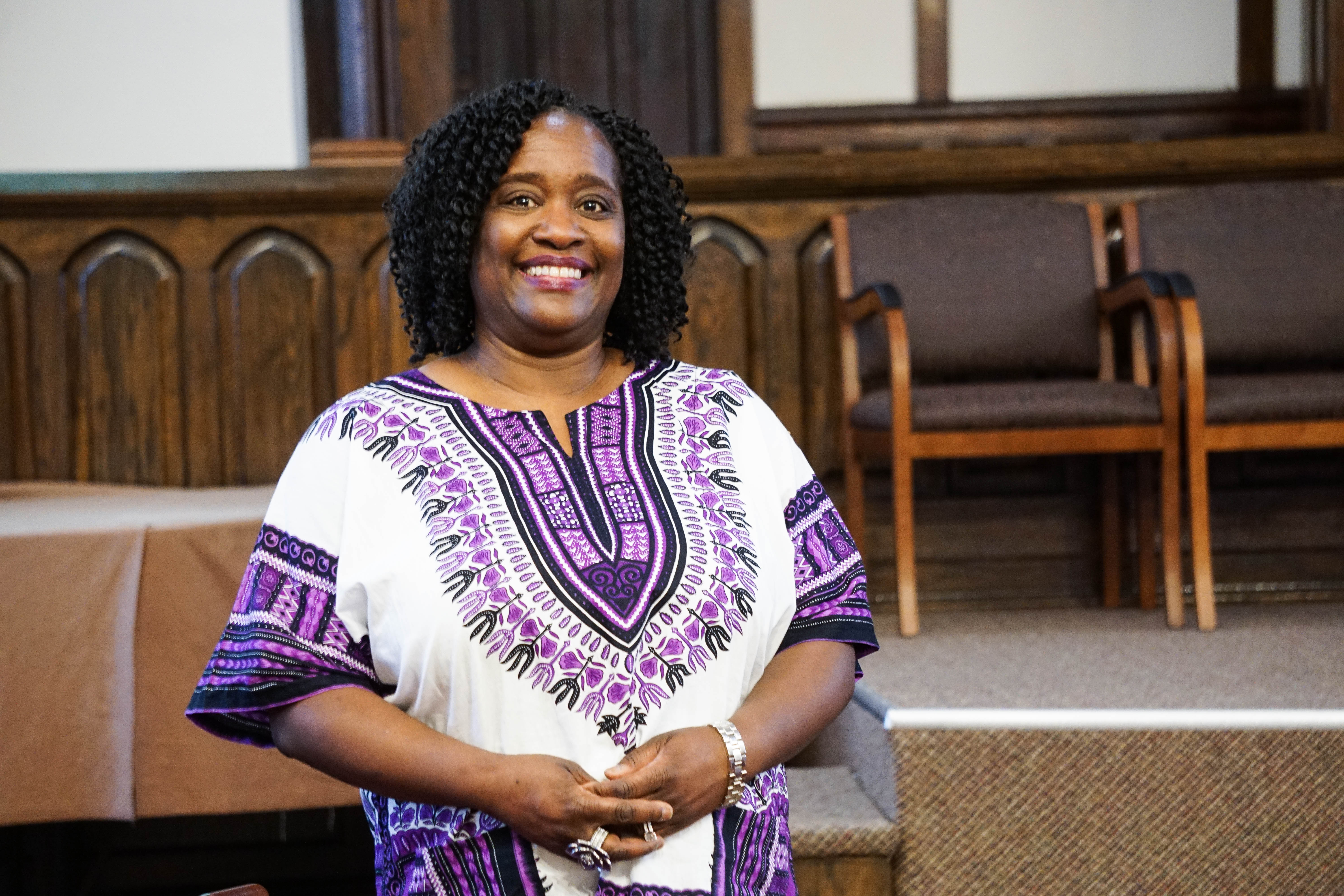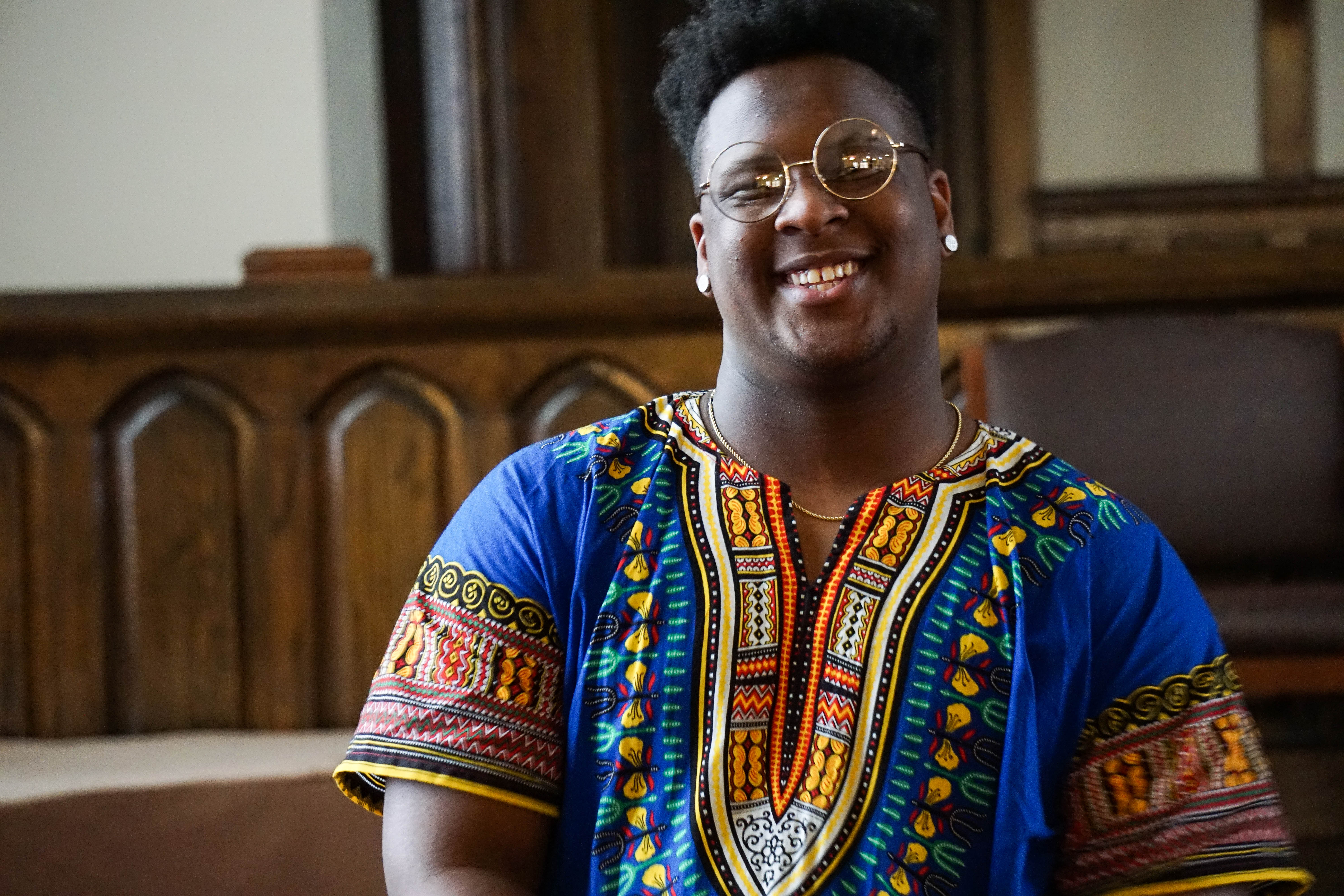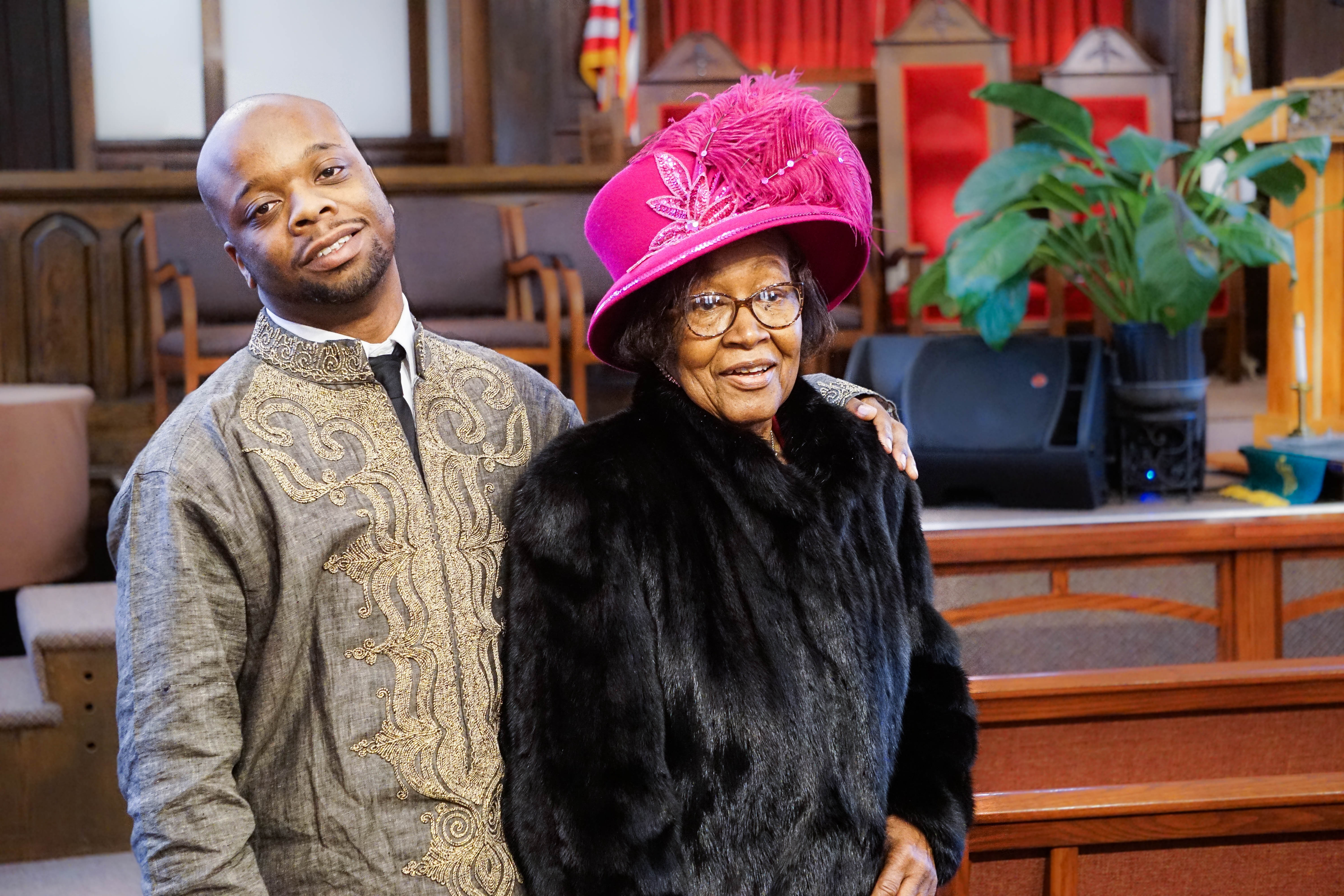By Jaye Michelle Harris
Ten years ago, the Rev.Daren Jaime arrived to serve as pastor for the People’s A.M.E. Zion Church, which stood as a tattered structure on a dilapidated block. But Jaime used his passion and faith to transform not only the church but the neighborhood that surrounds it.
Every week, the Rev. Daren Jaime prepares the sermon for his 8 a.m. and 11 a.m. Sunday services at the People’s A.M.E. Zion Church, reflecting on themes that impacted him. The week in February, he focuses on the word “humility” as part of his new “greater works” series. “You must decrease yourself in order to increase God within you,” he preaches to a full congregation during his late service. It’s okay to lean on your community, Jaime says, because there is strength in the many who follow the word of God.
As he wraps up his sermon, Jaime invites people to kneel at the altar for the final prayer and blessing. A young woman makes her way down the aisle toward the front, holding back tears. A dozen others follow her lead, filling the altar. She kneels in front of the pastor, and he places his hand on her shoulder. With a final “amen,” the people who kneeled, stand. Some linger while others approach the pastor. He smiles, laughs, and hugs each of them. Jaime says these weekly services remind him of what makes his dedication to the church and Syracuse worthwhile — the people.
However, that realization took time. As a 20-something, 6-feet-tall, retired pro-basketball player and successful news broadcaster, he enjoyed his life as a Bronx morning talk show host, lending a hand to his local congregation when he could. Raised as a Catholic schoolboy in Harlem, he enjoyed the church and was an altar boy for weekly Sunday mass. “I didn’t want to be a priest because I knew they couldn’t have girlfriends,” he chuckled. “I thought that was kind of weird.”
Jaime was content driving the Sunday school bus for the congregation’s kids, but he says his pastor told him that God had bigger plans for him. “I did not heed the call in the beginning,” he says. But after praying on it, he realized he wanted to do more. At age 26, Jaime entered the seminary, and for seven years he studied the African Methodist Episcopal Zion faith. He then worked at the St. Francis Zion Church in Mount Kisco, New York for five years and found his home at the People’s Church in Syracuse in 2006.
Jaime has spent a decade growing the church and reaching out to the community around it. “This place is a whole lot different — the church and the community — than 10 years ago. You wouldn’t even recognize it,” he says. Before he arrived, the church attracted community members, but they lacked the organization and direction to reach out to their neighbors. Jaime made an effort to change despite feeling a bit nervous when he first arrived. Syracuse served as his second-ever pastorship.
Members of the church remember that history too. “We were just a four-wall church,” recalls Jackie Yancey, the pastor’s executive assistant and a 40-year member of the congregation. When the pastor arrived, she recalls, the People’s A.M.E. Zion Church struggled with a dwindling congregation in a dilapidated neighborhood. The building itself was crumbling, plaster barely clinging to the walls. Today, lively hymns and loud praise ring out from the hundred or so churchgoers that fill the spacious, renovated sanctuary. Those same walls now feature stained glass windows that filter bright, natural light.
“The only difference is that he has good people,” says the Reverend Patricia Bufford, 56, who has worked with the pastor since 2002—entering the ministry under Jaime’s tutelage in Mt. Kisco before following him to Syracuse. “There, he had good vision, but he didn’t have a lot of great people,” she says, referring to the Westchester congregation. Bufford has realized that their previous parish, with a smaller, less involved congregation, lacked a tight-knit sense of community. Now, he’s fostered a sense of duty in the People’s congregation and Bufford says his vision of bringing the church and community together is coming to light.
To start changing the community, the pastor formed the People’s Community Development Corporation (PCDC) in 2008 and purchased the commercial strip across the street. With a grant from the New York Main Street Program, the he renovated the entire exterior and completely remodeled the interior of the second floor. The group also purchased two abandoned drug houses near the church for future plans to expand.
Jaime also serves as community liaison and chaplain for the Syracuse Police Department. He believes there’s no straightforward solution for the neighborhood’s long history of crime and poverty. In 2015, Syracuse had the the eighth highest violent crime rate in New York.
Having been on Jaime’s team for more than a decade, Bufford says she has seen his ability to motivate people to find their purpose. “He is a leader, a man of the cloth, and if he says something, he believes it,” Bufford assures. “If he says ‘I got you,’ he means that he’s got you.”
Once, Jaime hired a man from the community just a few months after he stole from the church. In August 2010, a group of men ransacked the media room and took the sound equipment. He called together the most dedicated members of the church to find the perpetrators. “I put them on a mission, like Jesus,” Jaime says, “they went out two by two into the area to try to find out some information about what had happened,” Jaime recalls. After ardent community canvassing, one of the members confessed. At his arraignment, Jaime stood fought to lower his charge. “And I told him, I said ‘if you ever want to get your life together come on and do that,’” he says. Months later, the pastor hired the young man, who at one point worked on media team he had stolen from.
But reviving the congregation, he says, was part of what he’s done since he’s come to Syracuse. The young pastor says he was not prepared for the South Side’s violence, prostitution, and drug use. “There wasn’t a lot going on on this block. The only thing across the street was pretty much burned out or bummed out, with the exception of the soul food restaurant that was over there,” he says, gesturing toward the other side of the street.
Now, thanks in part to Jaime’s efforts, the sidewalks are clean, the roads are plowed, and the block has become a budding commercial area in the neighborhood. It’s all part of the pastor’s vision, which he conceived when, one Sunday shortly after his arrival, a prostitute solicited him on the church steps. Angered by the disrepair that surrounded his new congregation, he realized why he was assigned to Central New York. “I prayed and God showed me, and he said, ‘you buy the block and you change the neighborhood,’” he says.
Today, the block houses the NAACP Onondaga County office, a small clothing store, and a Smart Bottle Return center. He says he envisions the block becoming an oasis for small business where community entrepreneurs can grow and neighbors support their local economy.
The PCDC’s investment started a push to revitalize the neighborhood. In 2014, the Southside Community Coalition opened the Eat to Live Food Cooperation. It attempted to help with the lack of fresh food on the Southside on the same block, across Elk Street. They also renovated adjacent strip.
Traditionally, pastors get reassigned by the head of their churches after a few years. But after dedicating 10 years to People’s and the South Side, Jaime is not ready to leave Central New York. “As much as there are a lot of challenges here, there’s still a lot of great opportunities, so I really want to be here,” he explains. He intends to see his vision of a commercial center for the South Side become a reality. After six years of development, the PCDC is launching a new catering company and full-service restaurant, The Mannafest, this summer. It will employ graduates of the church’s new culinary career initiative, run out of their old house of worship at 711 Fayette Street.
And when the weight of the struggling community is sometimes too much to bear, his congregation is always there to support and inspire him. “You have the opportunity to experience a lot of different things, and to help a lot of people in ways that you don’t know how much you’re helping somebody, but just to see the joy and the fulfillment, that makes you get up in the morning,” he reflects.

